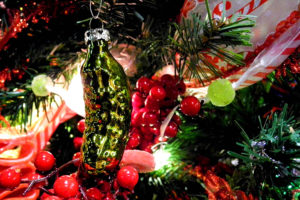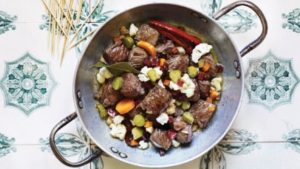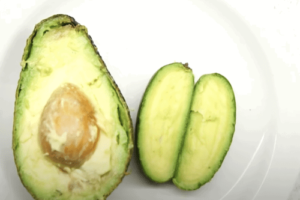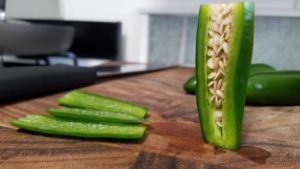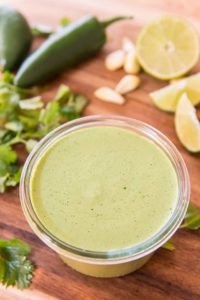Are Christmas pickle ornaments really a German tradition?
By Anja Samy – The Local de
Legend has it that when Germans decorate their Christmas tree, the very last ornament they hang on it is a pickle.
Usually made from shiny or matte green glass rather than cucumbers, the Christmas Pickle is much more than just a decoration.
On Christmas Eve, the first child to find the pickle hidden amongst the branches on the tree is said to get good luck for the year to come, as well as an extra present.
SEE ALSO: Everything you need to know about preparing for Christmas like a German
If you ask someone from the American Midwest, they will most likely be able to tell you all about this German festive custom. Germans, on the other hand, will have absolutely no idea what you’re on about.
In December 2016, a YouGov survey found that only 7% of Germans had ever heard of the ‘Weihnachtsgurke’.
What’s more, only 6% of Germans with children who know about the Christmas Pickle actually practise the tradition.
But you can certainly be forgiven for believing that the Christmas Pickle comes from Germany as Germans do certainly love their pickles.
What’s more, many of the best festive traditions such as Christmas trees, a large number of Christmas carols, advents wreaths and Christmas markets actually do have their roots in German customs.
Though no one is entirely sure where the Weihnachtsgurke originates from, with a number of German newspapers even publishing explainer articles for the puzzled German public, it’s pretty likely that whoever brought it to the USA capitalized on the popularity of these German Christmas traditions when marketing pickle ornaments to American consumers.
On the packaging of a lot of pickle ornaments you can find an explanation of how to carry out the ‘time-honoured German tradition’, emphasizing how it’s an ‘Old World custom’.
Glass ornaments only really started being produced in the late 19th-century, with a whole range of shapes – including fruits and vegetables – being sold in stores.
The likelihood is that the Christmas Pickle tradition is just an ingenious marketing scheme by an American retailer to help shift a load of leftover pickle ornaments.
But there are a number of less cynical myths explaining the significance of the Christmas pickle.
One story goes that a captured German-American soldier in the civil war became seriously ill and asked for a pickle as his last meal. After eating it, he was somehow restored to health and from then on always hung a pickle on his tree each year.
According to another legend, St. Nicholas (the original saint, rather than the jolly, fat man with a fondness for elves) disovered that a shop keeper had murdered three boys and hidden them in a barrel of pickles.
St. Nicholas prayed for the boys and his faith miraculously brought them back to life. Supposedly, from then on the pickle has been linked to St. Nick and consequently to Christmas.
Somewhat ironically, the Christmas Pickle has made its way across the pond and has recently started to rise in popularity in Germany.
Take a close look the next time you’re in a Christmas market or shop; nowadays you can find pickle ornaments across the Bundesrepublik in every style and size you could possibly want.

